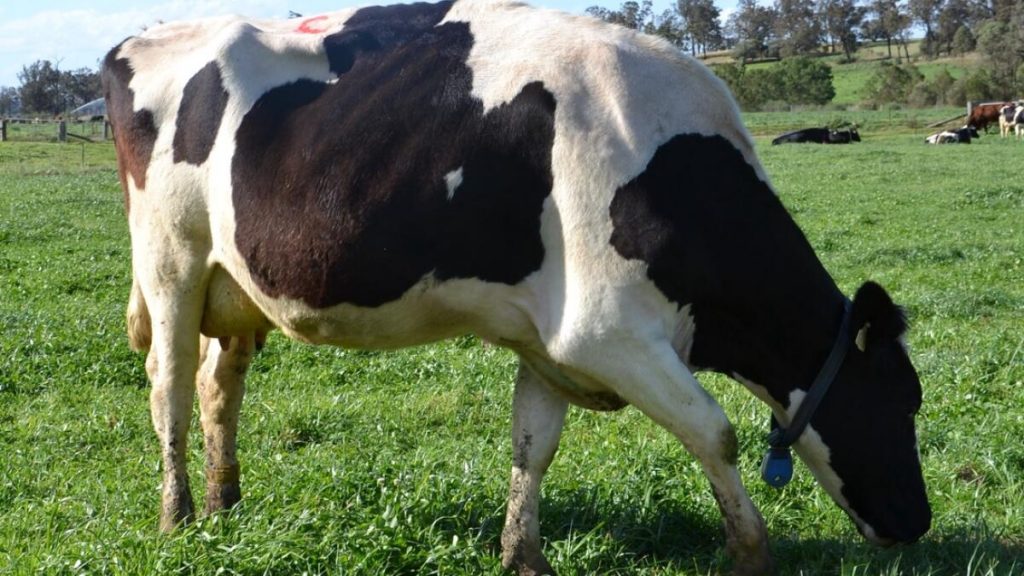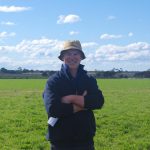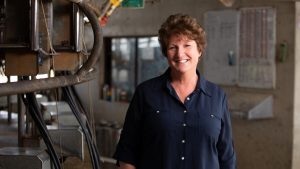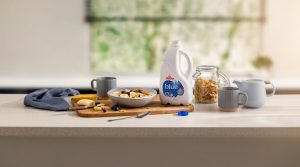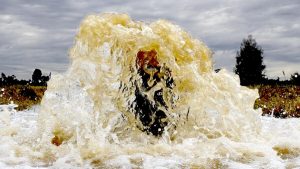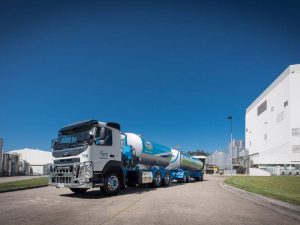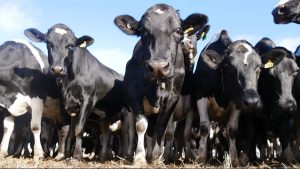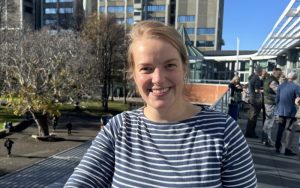
Australian dairy farmers will soon know the best age to calve their Holstein heifers to maximise production, health and reproduction.
And thanks to specialist DairyUP research, the industry will understand what’s best for intensive housed-cow dairy farming systems and those pasture-based operations.
DairyUP researcher Andrew Lean is working to answer one of the long-held industry questions using global data and on-farm monitoring of 429 Holstein heifers across six NSW farms — both intensive and pasture-based.
“The age that dairy heifers calve into a milking herd for the first time can play a significant role in their health, carbon footprint and wellbeing and the economics of a dairy farm business,” he said.
“While many dairy farmers aim to calve their heifers for the first time at two years of age, the reality is that timeframe — according to heifers in the DairyUP database — can range from 24 months in an intensive system and up to 26.5 months for a median age at first calving at pasture-based operations.”
A global literature review conducted as part of the DairyUP project revealed the age at first calving globally was 24 to 28 months.
This same review also highlighted some benefits for those calving younger.
For example, research showed improved calving ease for heifers with an age at first calving of 18 to 22 months.
Concerns about lower production in a heifer’s first lactation — potentially due to earlier calving — also wasn’t a concern because her lifetime production is greater, and she has less “unproductive” time.
It’s only early days in the DairyUP on-farm research, but Andrew said there were already some signs about the benefits for breeding heifers earlier.
“Very early data indicates a higher pregnancy rate in the group of heifers bred at 12 months of age, compared to those bred at 14 months of age or older but this is subject to further analysis of a complete dataset,” he said.
These heifers will continue to be monitored throughout the coming year, but Andrew said this work was a great reminder for farmers about the importance of optimum nutrition for young stock to enhance their growth.
In addition to solving the industry’s age-of-first-calving mystery, this research project will also concentrate on heifer hormonal and metabolic influences at, or around, puberty; the effects of nutrition and environment on the production, health and reproduction of housed cows; as well as the role of microbial enhancers in compost bedding quality and what this does to cow behaviour.
For more information, go to: https://www.dairyup.com.au
You can now read the most important #news on #eDairyNews #Whatsapp channels!!!
🇺🇸 eDairy News INGLÊS: https://whatsapp.com/channel/0029VaKsjzGDTkJyIN6hcP1K
